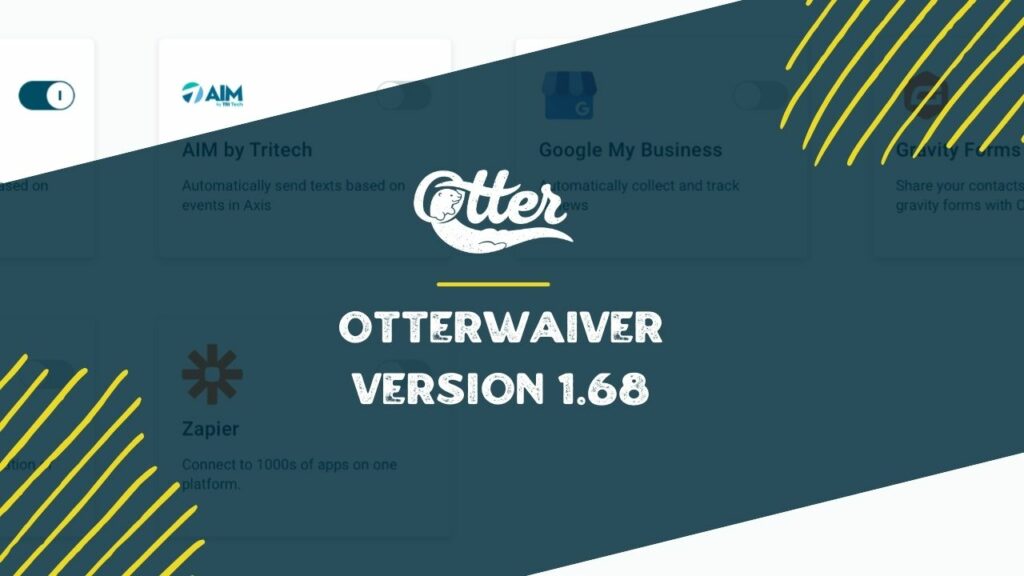Outdoor activities, particularly those involving shooting ranges, ax-throwing competitions, or rafting, entail some risk and liability by the organizers. As a result, having your attendees sign waivers can protect you from legal actions arising from an accident.
The traditional process of signing waivers was inconvenient for both attendees and organizers regarding organization, clarity, time, and costs. They were both unpleasant to distribute and sign.
The process has also become more complicated in recent years because of the coronavirus pandemic. Organizations like yours must now consider creating COVID-19 liability waivers besides your standard waivers. Not to mention that handing out paper waivers increases the risk of virus transmission through contact.
As a result, many organizations recognize the value of digital waivers in terms of cost savings, time savings, and making life easier for all parties involved.
In this article, we’ll go over the differences between paper waivers and digital waivers and why your organization should switch to the latter.
1. Management And Organization
It’s never fun to sift through stacks of paper waivers. They require paying for storage and devoting individuals or entire teams to sort them, not to mention the time it takes to find specific ones.
Online waiver platforms like Otter Waiver, on the other hand, offer paperless and intuitive organization systems that can all be easily managed from a single computer.
These platforms come with features like:
- Automatic database update: When one of your participants electronically signs a waiver, a copy is automatically saved in your database for later viewing and consultation. The system also puts them into neat categories based on dates, events, and others.
- Search functions: The larger your organization, the longer it will take your team to sift through the waivers to find the relevant ones. You can quickly search and filter your database with online waiver platforms to find what you’re looking for, saving you precious time. You can search by phone number, name, date, or email.
2. The Process
Paper waivers must be physically distributed and collected by your staff, which can be time-consuming and inconvenient. Digital waivers, which make the process far more practical for your members, can overcome these limitations.
- Accessibility: digital waivers reduce many of the steps paper waivers create for the customer, eliminating the need to print and return. Instead, they can sign using e-signatures and submit documents electronically days, weeks, or months before the event. The following are some benefits provided by online waiver software:
- Transparency: the waivers are no longer accessible to the participants once they have signed the paper version and you have collected them. If they want to review the document, they’ll have to go through the trouble of requesting a copy and then waiting for you to provide it. This is not the case with digital waivers; your participants will automatically get a copy emailed to them for safekeeping.
3. Environment & Cost
Environmental friendliness has become increasingly important for many organizations because of the increasing impact of global warming. If one of your goals or commitments is to protect the environment, you’ll find that using paper can work against you. A couple of sheets of paper here and there may not seem like much, but you’d be amazed how much they can accumulate.
Digital waivers reduce paper waste, making them a more environmentally friendly alternative to paper waivers. Because there are no physical copies, you save money on ink, paper, and printers. And let’s not forget the costs of repairing the printers and hiring personnel to distribute and collect the waivers. These accumulate and can cost you thousands of dollars each year.
Many organizations are already implementing digital solutions for event planning, operations management, and performance tracking. Many of these solutions integrate seamlessly with each other. So if your organization is undergoing digital transformation, taking a digital approach to waivers is a good fit.
Considering The Cons
While digital liability waivers are far superior to paper counterparts, they have a few minor drawbacks worth mentioning.
Here are three disadvantages to using digital waiver software that you should know:
- Training: your team must be trained on using any digital tool that you implement. And many online waiver software programs confuse their users and provide a poor user experience. At Otter Waiver, we strive to set a new standard for digital waivers by making our platform easy and intuitive. We also pride ourselves on our reliable customer service.
- Internet-dependent: another disadvantage of using online waiver software is that they require internet access to function. Even if your participant has internet access, they may encounter issues such as failure to submit and other problems related to slow networks.
- Fees: Subscription-based digital waiver platforms can be costly for many organizations, particularly non-profits. Fortunately, many platforms, such as Otter, offer roll-over credits, so if you don’t use your waiver credits, they will be available to you whenever you need them.
Final Thoughts
The days of spending resources and time printing, distributing, and collecting liability waivers from your participants are long gone. Many organizations are now using digital waivers to save money, provide a better user experience, save time, etc. If you use secure and convenient online waivers, you will have peace of mind. If you’re thinking about switching, a solution like Otter Waiver can significantly improve your waiver process.
“This blog post is offered for general information purposes only. It does not constitute, and is not a substitute for, legal advice.”



